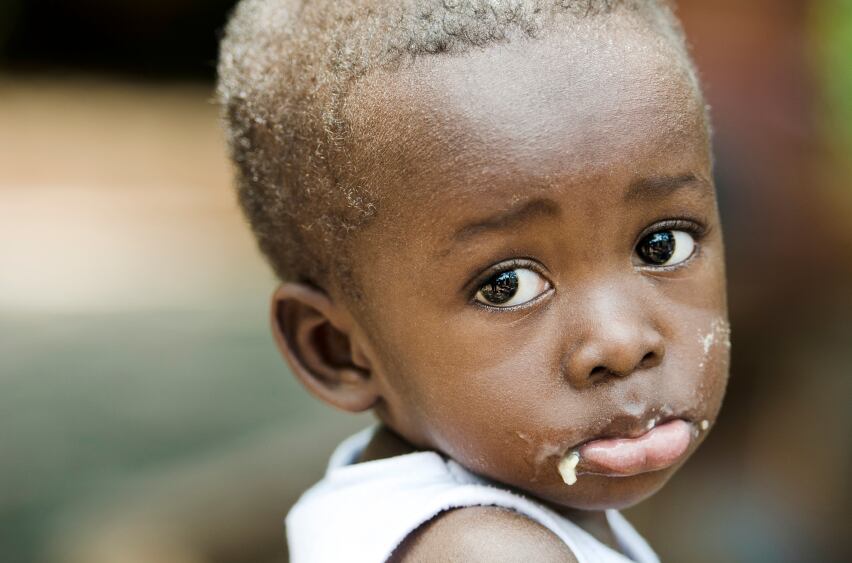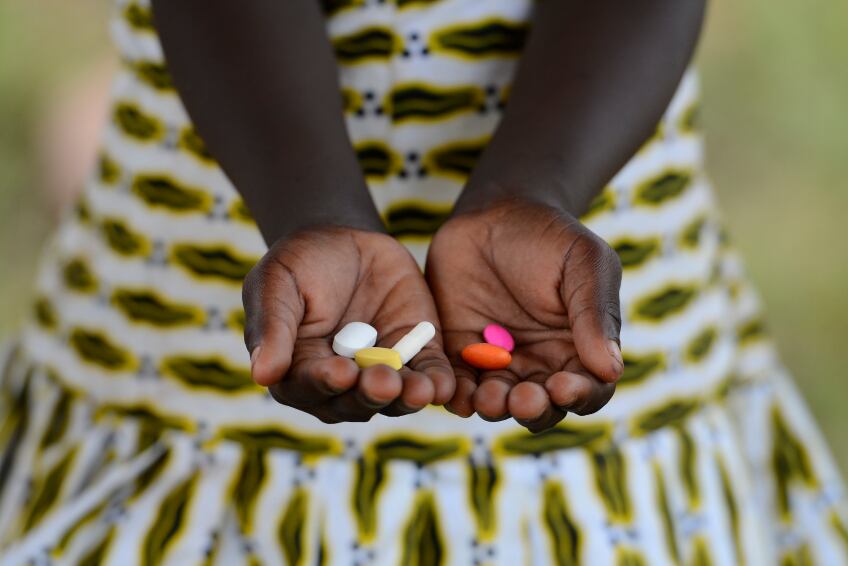The latest edition of The State of Food Security and Nutrition in the World report points to the two regions that account for more than nine out of ten of all stunted children.
Its authors also highlight that over nine out of ten of all wasted children live in the continents. Worldwide, the report points to a malnutrition of the other extreme with three-quarters of all children now classed as overweight.
“Our actions to tackle these troubling trends will have to be bolder, not only in scale but also in terms of multisectoral collaboration," says the heads of the United Nations' Food and Agriculture Organization (FAO), the International Fund for Agricultural Development (IFAD), the UN Children's Fund (UNICEF), the World Food Programme (WFP) and the World Health Organization (WHO).
“We must foster pro-poor and inclusive structural transformation focusing on people and placing communities at the centre to reduce economic vulnerabilities and set ourselves on track to ending hunger, food insecurity and all forms of malnutrition," UN leaders add.
World hunger increases
Despite decades of steady decline, the trend in world hunger, measured by undernourishment prevalence, reverted in 2015, remaining virtually unchanged in the past three years at a level slightly below 11%.
The report states that more than 820 million people in the world were still hungry in 2018, underscoring the immense challenge of achieving the Zero Hunger target by 2030.
The WFP’s chief economist, Arif Husain highlights the significance of nutrition for children as a “weak start” for the next generation can only worsens the problem of hunger.
“If you’re not nourished in the first 1,000 days of your life — from conception to your second birthday — you never achieve your full productivity,” he says.
“Or at least, it’s very difficult … you’re talking about a marginalised next generation.”
Meanwhile, overweight and obesity continue to increase in all regions, particularly among school-age children and adults.
According to the report, an estimated 40 million children under five were overweight in 2018. In 2016, 131 million children 5–9 years old, 207 million adolescents and 2 billion adults were overweight.
About a third of overweight adolescents and adults, and 44% of overweight children, aged 5–9 were obese.
The report is part of tracking progress towards Sustainable Development Goal 2 Zero Hunger, which aims to end hunger, promote food security and end all forms of malnutrition by 2030.
Economic slowdown
While the 2017 report identified three factors behind the recent rise in hunger: conflict, climate and economic slowdowns, this year's report identifies economic slowdown and downturns in food security and nutrition as main factors.
The report highlights key events in the Middle East such as the conflicts in Syria, Yemen and Iraq and climate-related events in countries including Malawi, Madagascar, Mozambique, El Salvador and Guatemala, which have exacerbated the hunger problem in recent years.
“Economic slowdowns or downturns disproportionally undermine food security and nutrition where inequalities are greater,” the report states.
“Income inequality increases the likelihood of severe food insecurity, and this effect is 20% higher for low-income countries compared with middle-income countries.
“Income and wealth inequalities are also closely associated with undernutrition, while more complex inequality patterns are associated with obesity.”
Economic and social policies
The report emphasises that to safeguard food security and nutrition, it is critical to already have in place economic and social policies to counteract the effects of adverse economic cycles when they arrive, while avoiding cuts in essential services, such as health care and education, at all costs.
In the longer term, however, this will only be possible through fostering pro-poor and inclusive structural transformation, particularly in countries that rely heavily on trade in primary commodities.
The reports adds that to ensure structural transformation is pro-poor and inclusive requires integrating food security and nutrition concerns into poverty reduction efforts.
This needs to be achieved while ensuring that reducing gender inequalities and social exclusion of population groups is either the means to, or outcome of, improved food security and nutrition.
“We reached the moon 50 years ago, now we talk about going to Mars, but we can’t feed everyone on the ground,” says Husain.
“We have conflict in many African countries, and when you combine that with climate extremes and economic marginalisation, you see 20% more people are undernourished today,” he adds.




